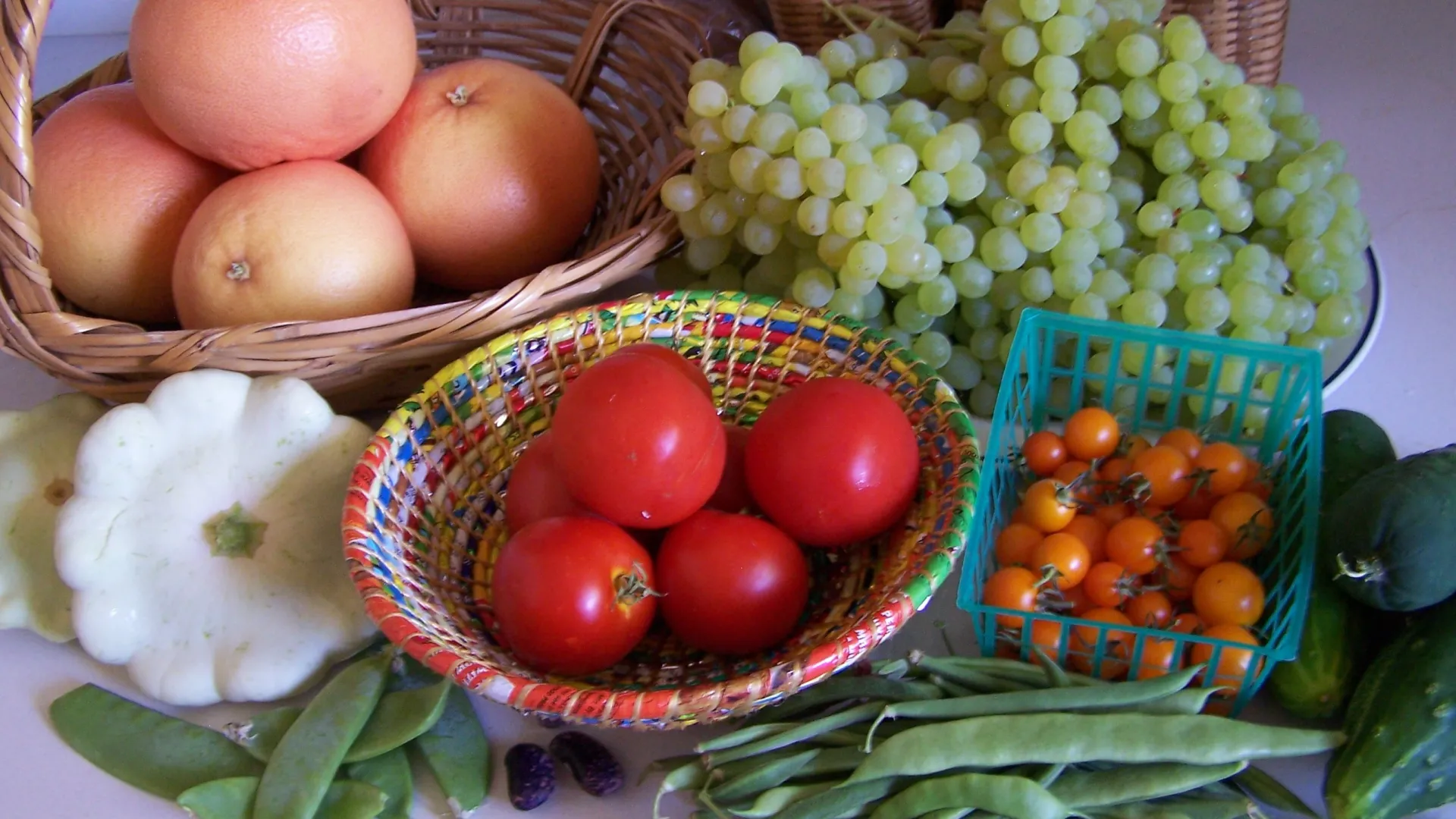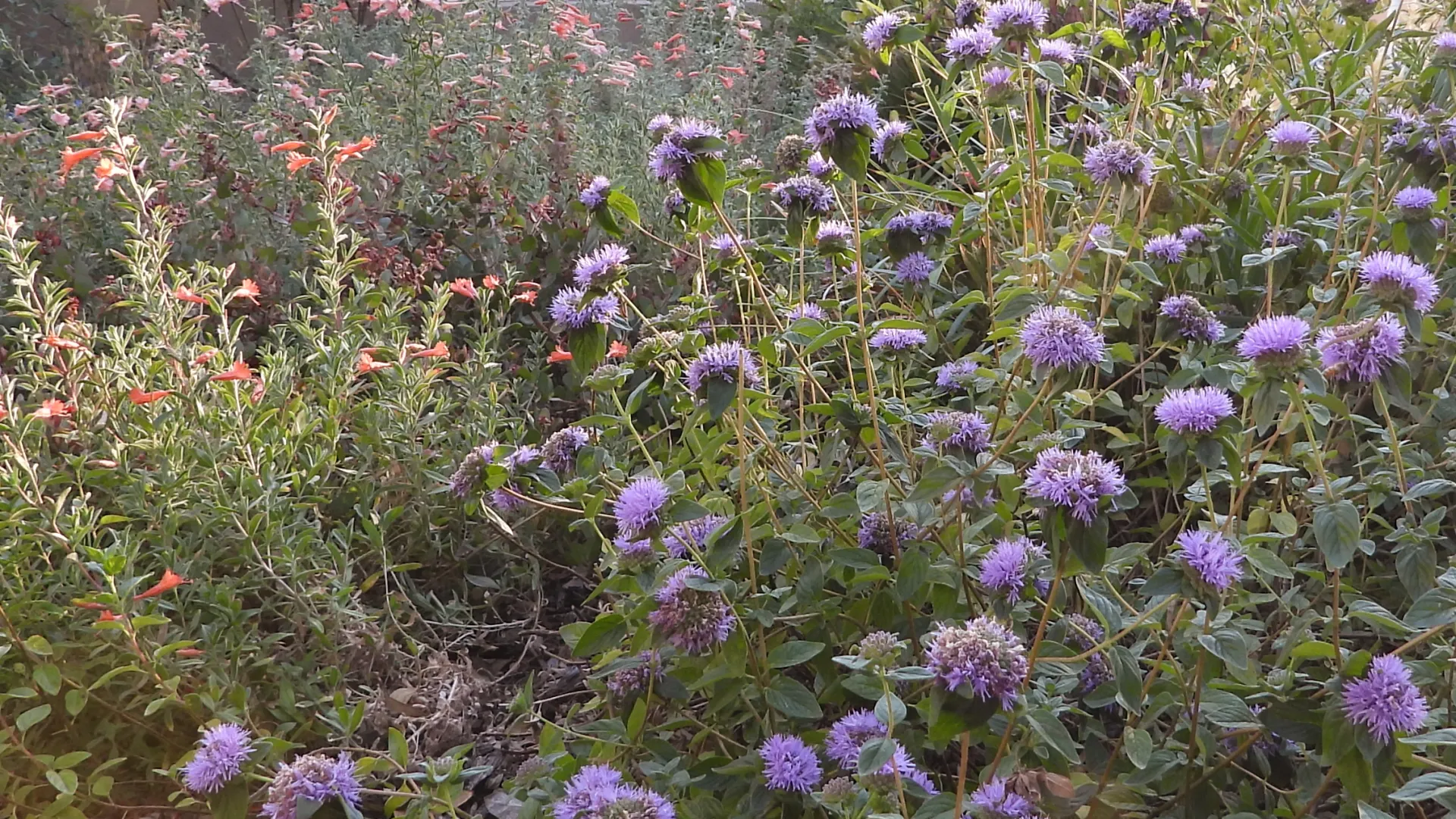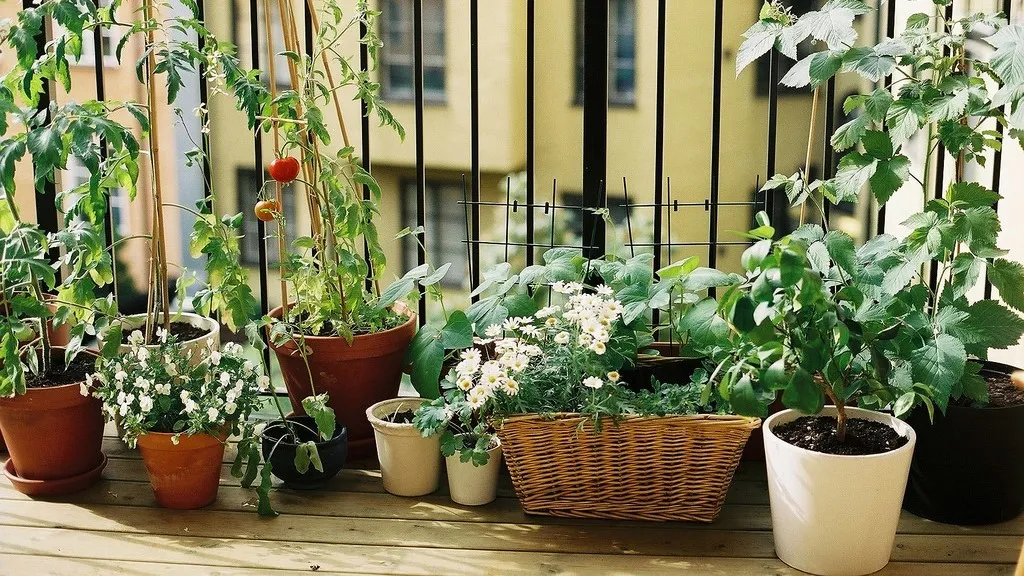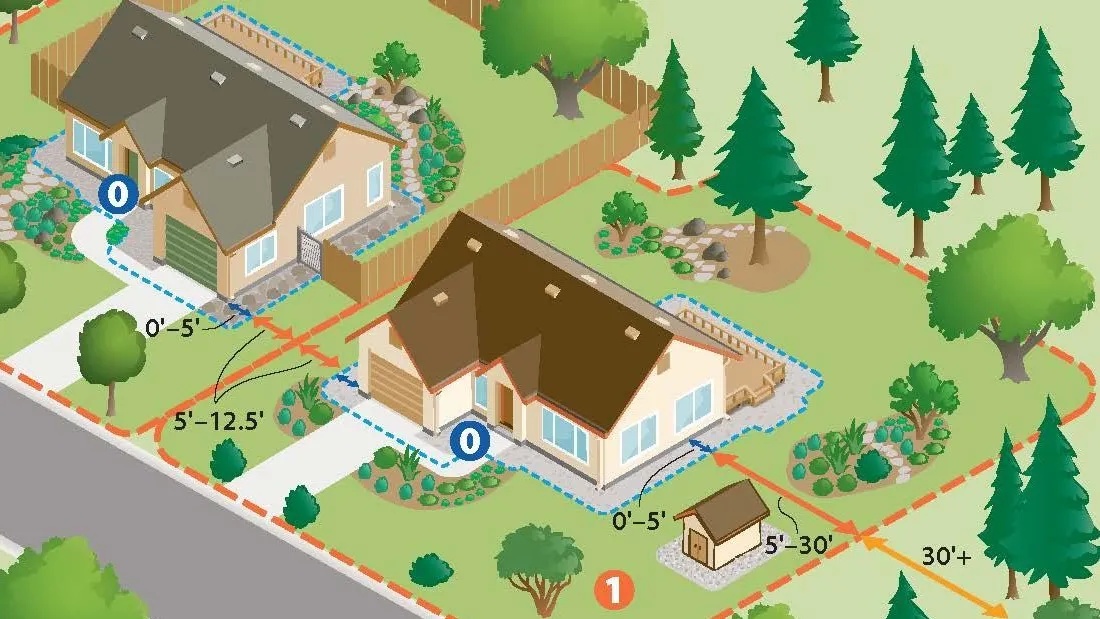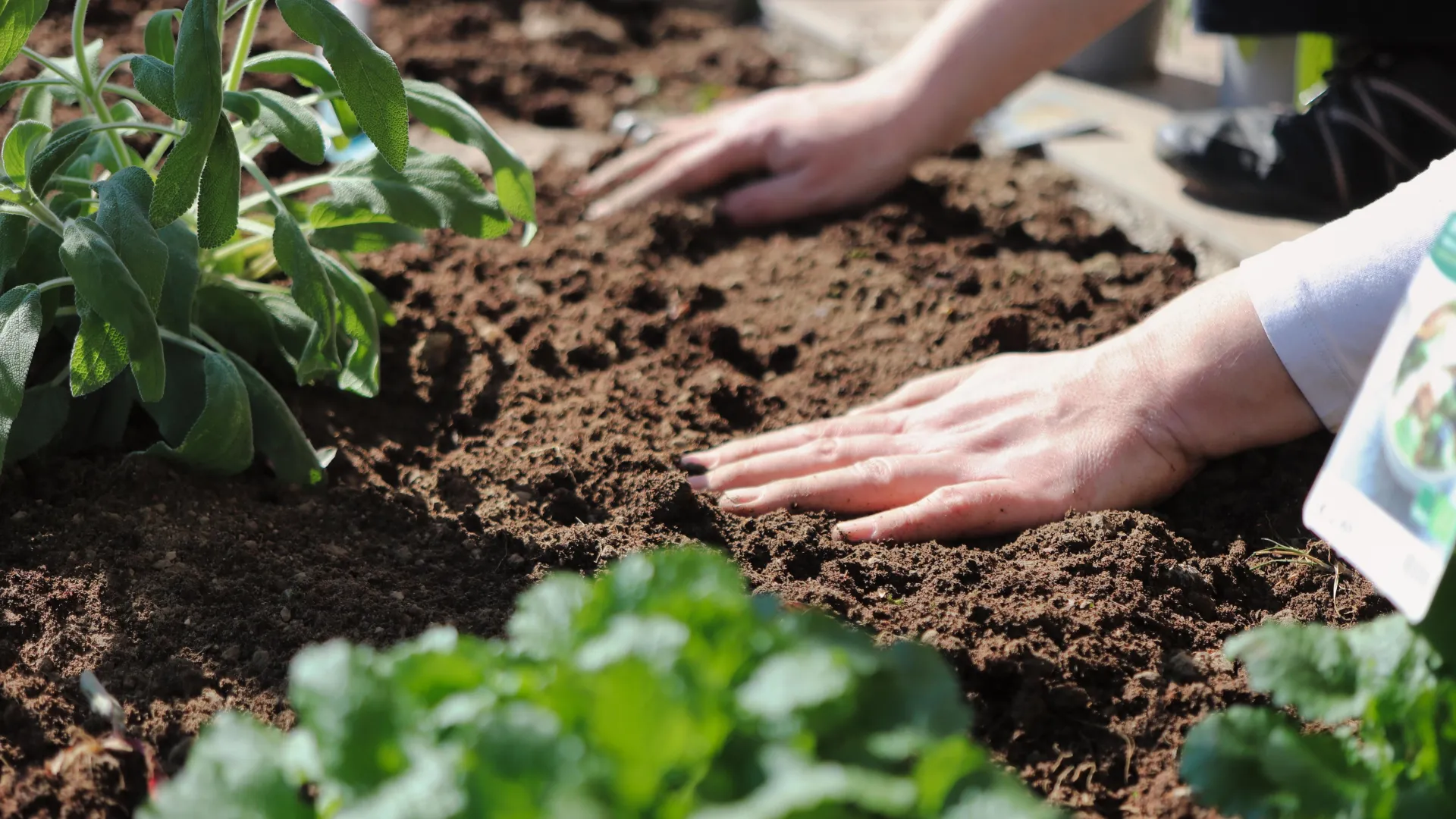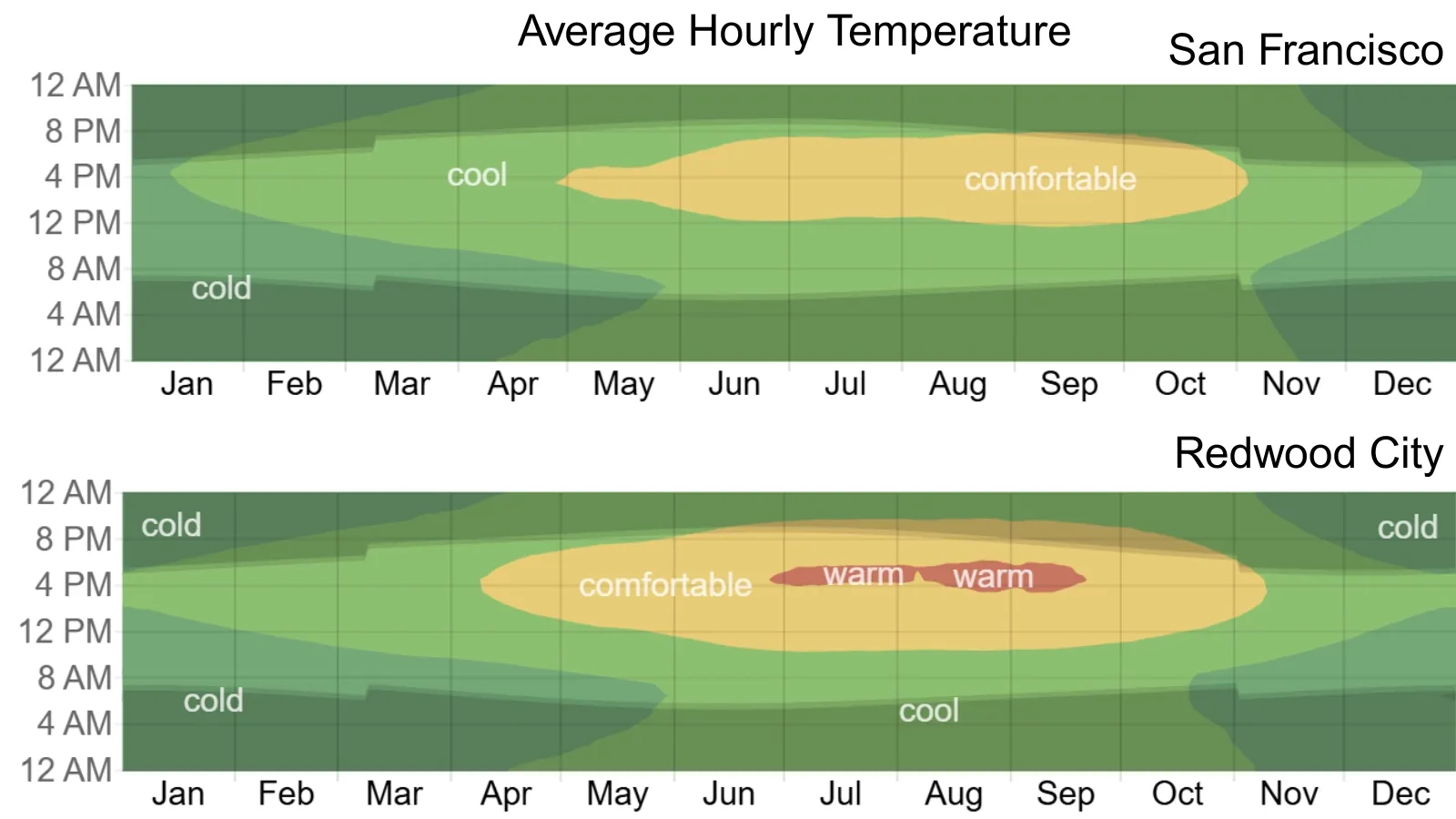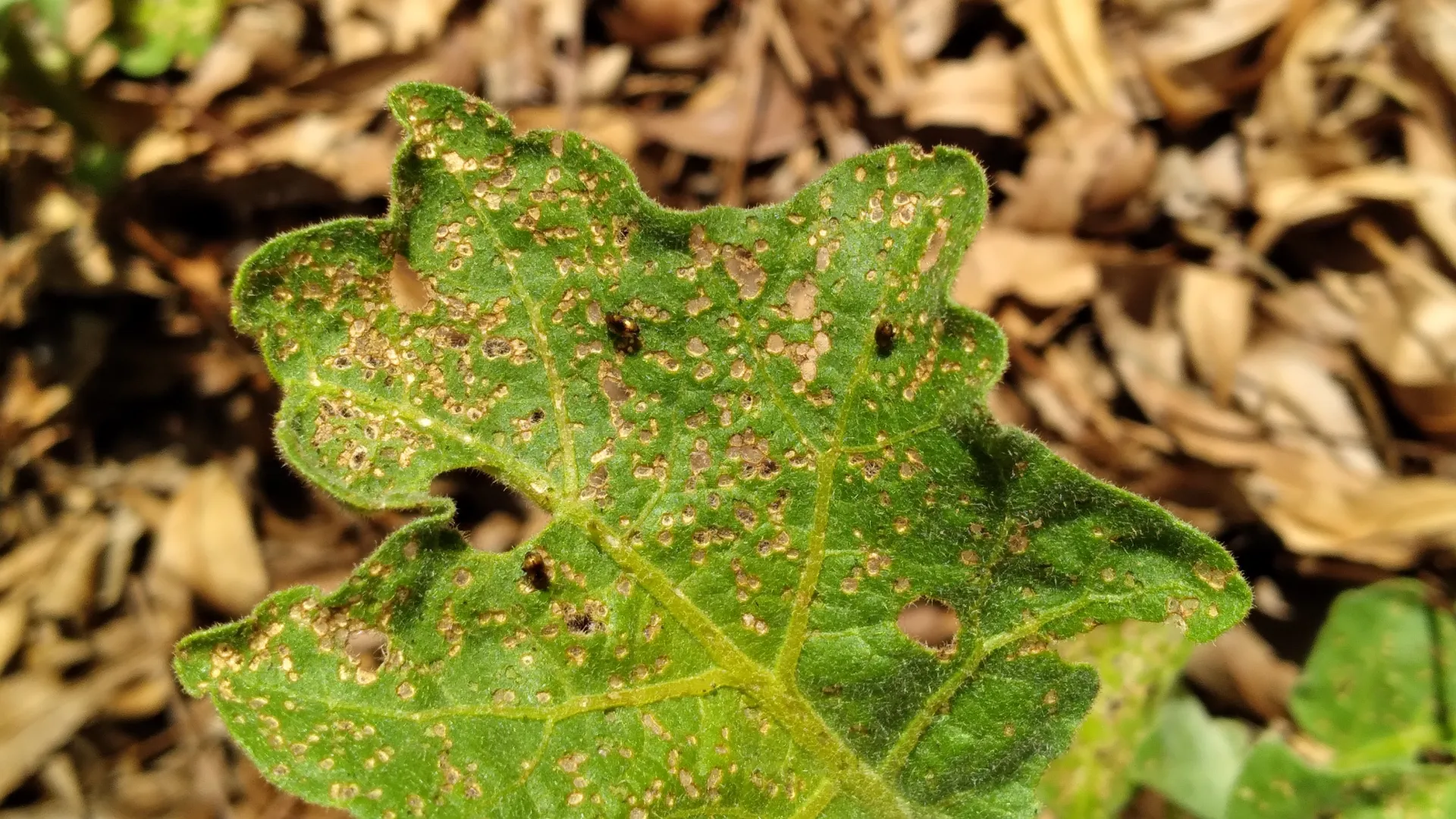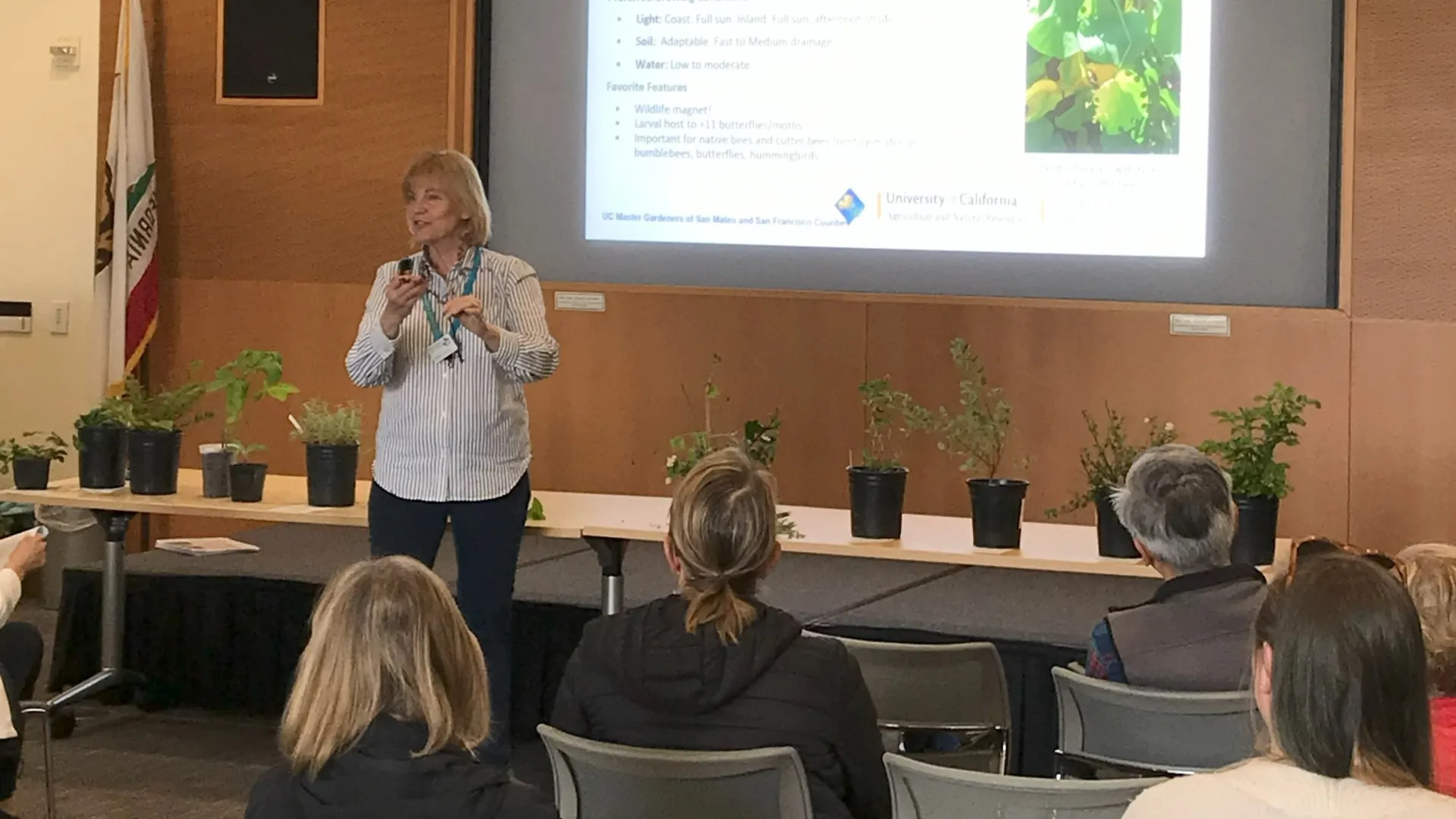Lyngso Zoom Series: Successful Gardening in Limited Light
Shade doesn’t have to be a limitation—it can be an opportunity to create one of the most beautiful, tranquil and inviting spaces in your garden. In this talk, we’ll explore how to design a thriving…




